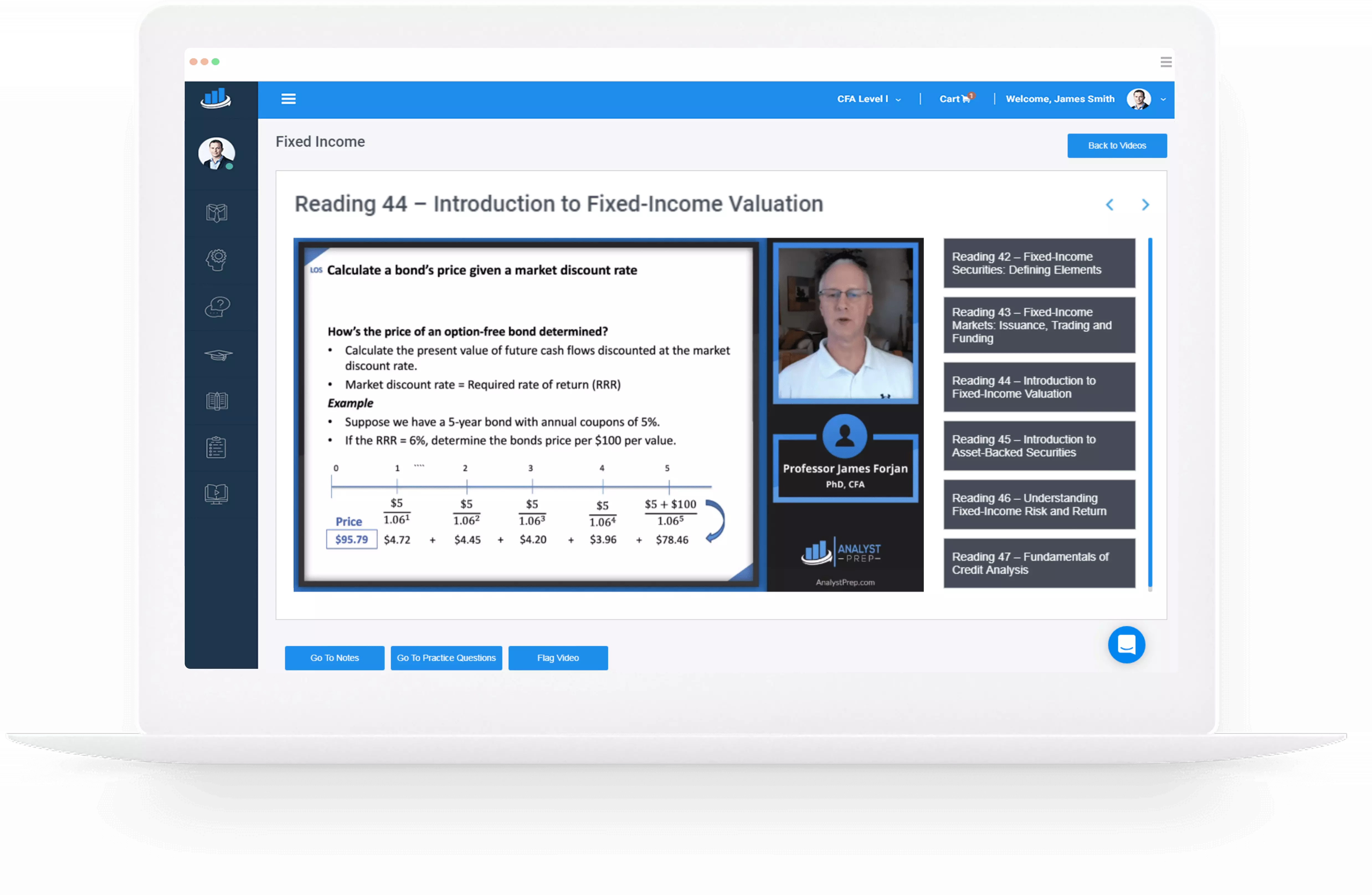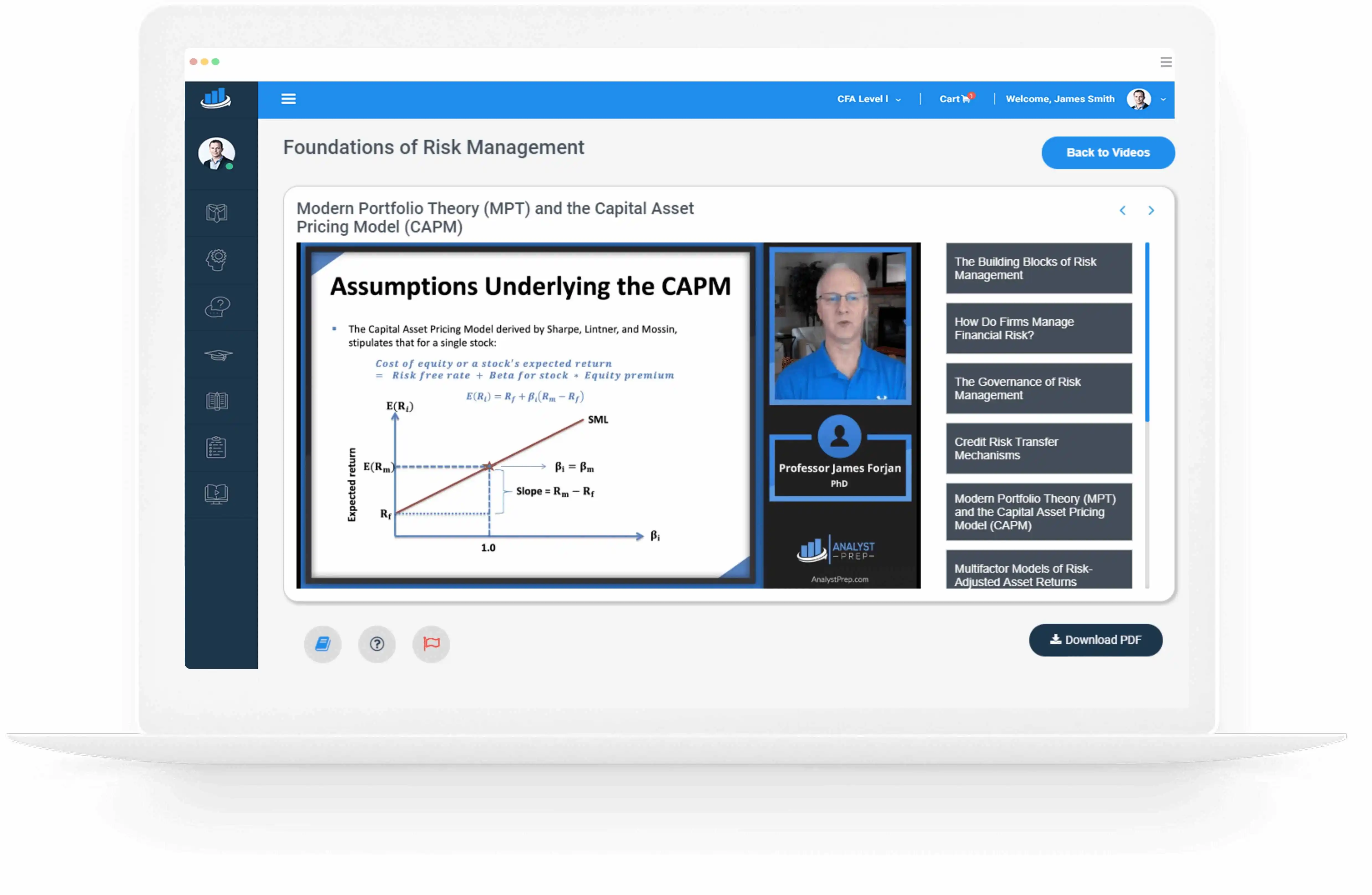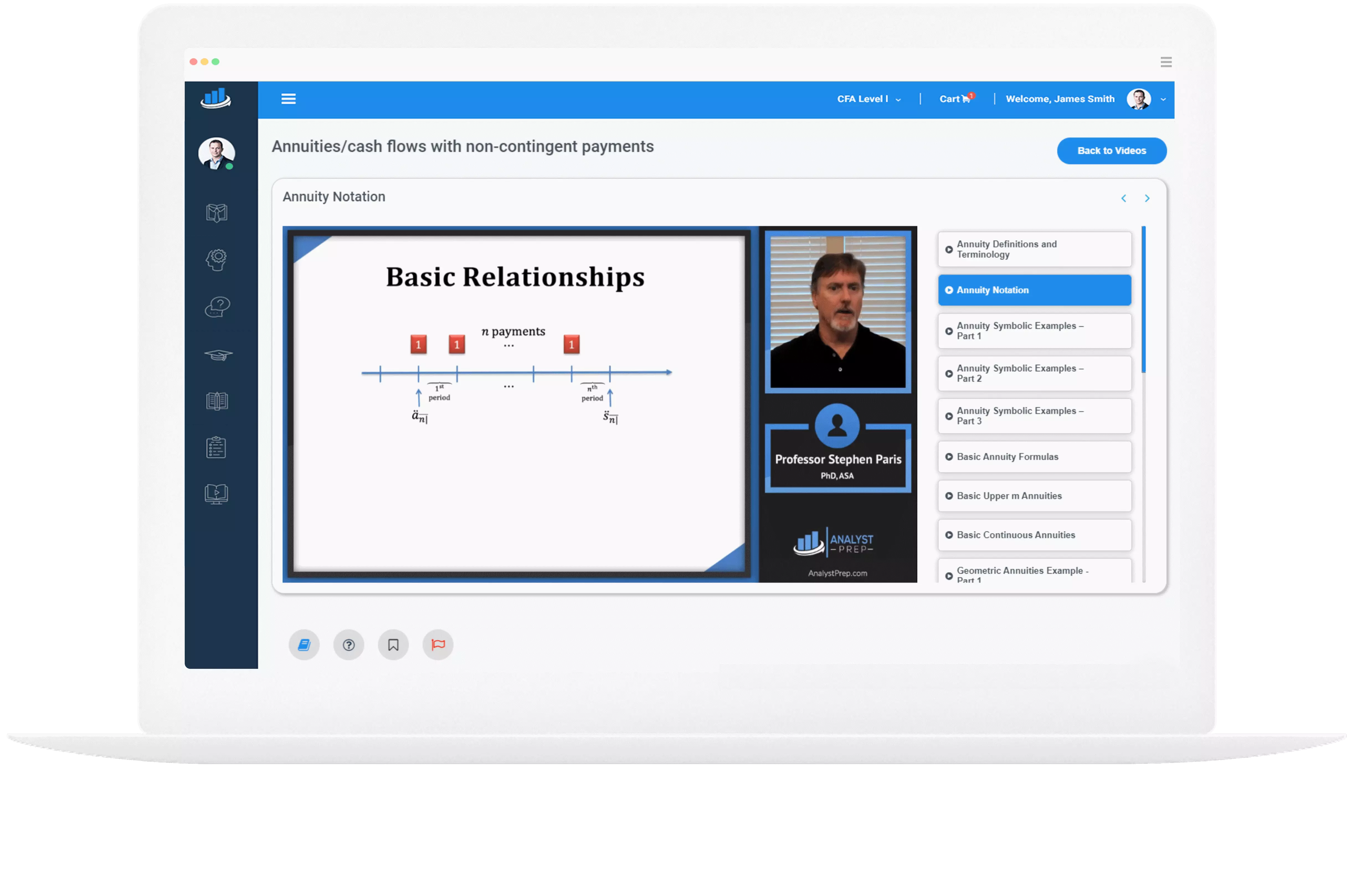Evaluation of Competitive Strategy and Company Position
Understanding the competitive strategy and position of a company is crucial for analysts and investors because it provides insights into the company’s approach to gaining a competitive edge in the market and its ability to create value for its stakeholders….
Determining Industry Size, Growth, Characteristics, Profitability and Market Share trends
The process of industry and competitive analysis is a crucial part of understanding the business landscape. It begins with defining an industry, followed by a comprehensive survey to gather essential information for its evaluation. This survey involves several key steps,…
Industry Classification Methods and Grouping Methods for Companies
An industry is generally defined as a collection of companies that offer similar products or services as perceived from a customer’s perspective. For instance, Apple, Samsung, and Huawei can be grouped as they offer smartphones and related services. However, defining…
Evaluating a Company’s Capital Investments and Structure
Sources and Uses of Capital Companies invest capital that they acquire from debt and equity investors. Their primary goal is to earn returns that exceed the investors’ required rates of return. A significant part of company analysis involves assessing whether…
Evaluating a Company’s Revenue and Revenue Drivers
Revenues represent the total sales a company achieves within a specific period, often before any expenses or deductions. This metric offers a snapshot of a company’s ability to sell its goods or services. In many ways, it serves as the…
Understanding a Company’s Business Model
Understanding a company’s business model is the first step in conducting an industry and company analysis. This process is crucial as it helps in summarizing the key drivers of a company’s financial results and position. It also assists in focusing…
Commercial Mortgage-backed Securities
CMBS are backed by a pool of commercial mortgages on diverse income-producing properties such as office buildings, multifamily properties, industrial properties, shopping centers, and health care facilities. These securities are repaid from the property’s generated revenue. They have collateral…
Residential Mortgage-backed Securities
Residential Mortgage-backed Securities (RMBS) are securities derived from the pooling of mortgages and their subsequent sale to investors. The section discusses the different types of RMBS, including mortgage pass-through securities, non-agency RMBS, and collateralized mortgage obligations. Mortgage Pass-through Securities Mortgage…
Residential Mortgage Loans
Mortgage Loans Mortgage loans are secured loans where repayments are linked to a specific real estate asset. The lending entity can take possession of this asset due to the rights provided by the first lien and security interest on the…
Prepayment Risk and Time Tranching
Prepayment Risk Prepayment risk pertains to the possibility that the borrower repays the principal differently than the agreed schedule. It includes two facets: contraction risk and extension risk. Borrowers might change their repayment patterns based on changing interest rates. In…




